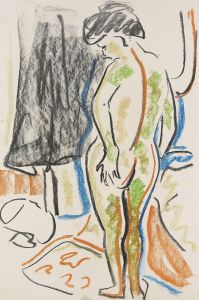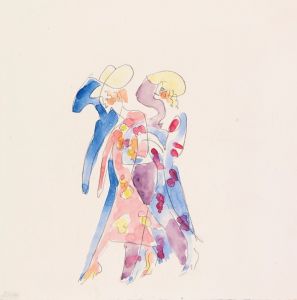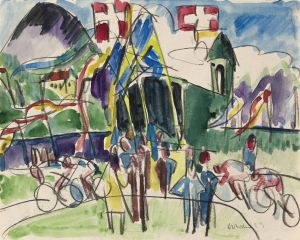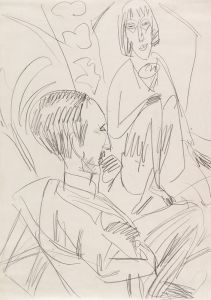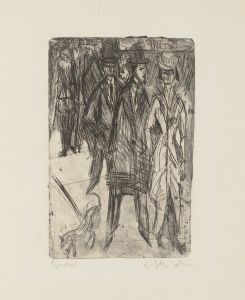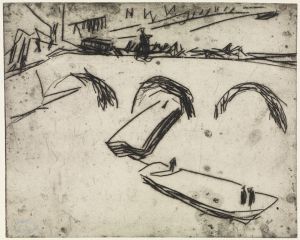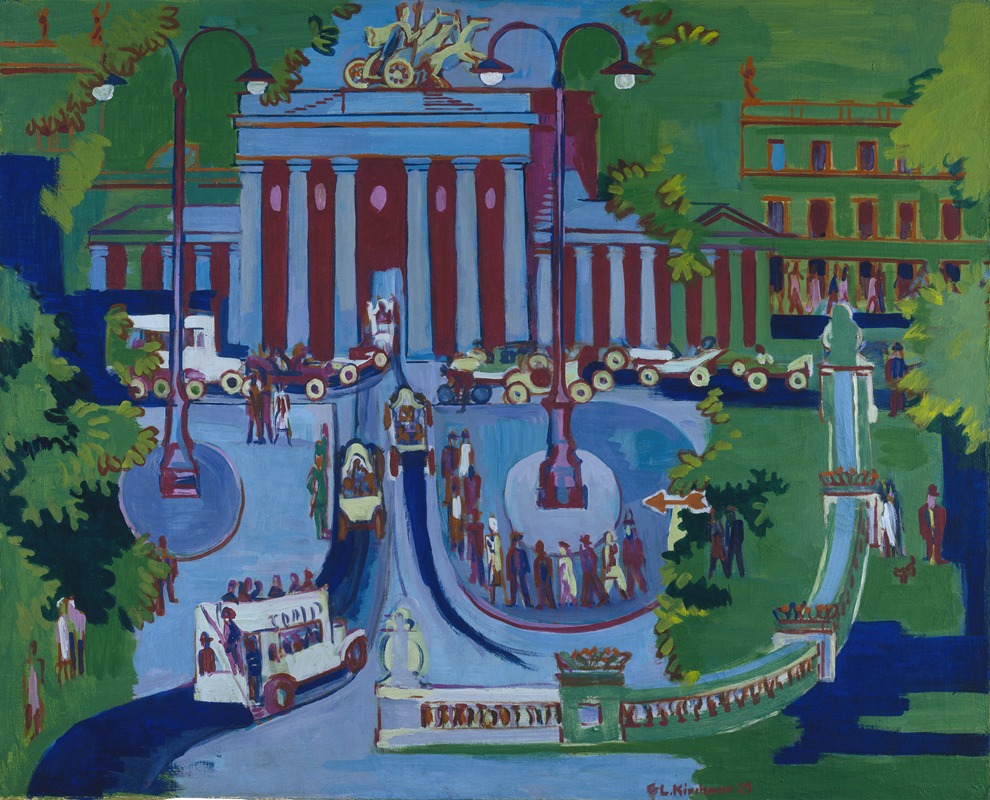
Brandenburg Gate
A hand-painted replica of Ernst Ludwig Kirchner’s masterpiece Brandenburg Gate, meticulously crafted by professional artists to capture the true essence of the original. Each piece is created with museum-quality canvas and rare mineral pigments, carefully painted by experienced artists with delicate brushstrokes and rich, layered colors to perfectly recreate the texture of the original artwork. Unlike machine-printed reproductions, this hand-painted version brings the painting to life, infused with the artist’s emotions and skill in every stroke. Whether for personal collection or home decoration, it instantly elevates the artistic atmosphere of any space.
Ernst Ludwig Kirchner, a prominent German expressionist painter and one of the founding members of the artist group Die Brücke, created a series of works that captured the dynamic and often tumultuous spirit of early 20th-century Berlin. Among these works is "Brandenburg Gate," a painting that exemplifies Kirchner's distinctive style and his engagement with the urban environment.
Kirchner was deeply influenced by the rapid modernization and the vibrant, sometimes chaotic life of Berlin. His works often reflect the energy and anxiety of the city during a period marked by significant social and political changes. "Brandenburg Gate" is one such painting that captures the essence of Berlin's urban landscape. The Brandenburg Gate itself is a neoclassical monument in Berlin, and it has historically been a symbol of peace and unity. It stands at the end of the Unter den Linden boulevard and has been a site of many significant historical events.
In Kirchner's depiction, the Brandenburg Gate is not merely an architectural structure but a dynamic part of the city's life. His use of bold colors, dramatic lines, and distorted forms conveys a sense of movement and emotion, characteristic of the expressionist movement. Kirchner's style often involved a departure from realistic representation, focusing instead on the subjective experience of the city. This approach allowed him to convey the psychological impact of urban life on individuals.
The painting reflects Kirchner's interest in the interplay between people and their environment. The figures in the painting are often elongated and distorted, a technique Kirchner used to express the tension and alienation of modern life. This distortion also serves to emphasize the emotional experience over the physical reality, a hallmark of expressionist art.
Kirchner's work was deeply affected by the socio-political context of his time. The early 20th century was a period of great upheaval in Germany, with the effects of industrialization, the First World War, and the subsequent political instability. These elements are often subtly reflected in his work, including "Brandenburg Gate," where the vibrancy of the city is tinged with a sense of underlying anxiety.
Throughout his career, Kirchner faced numerous challenges, including the impact of World War I, which left him with a nervous breakdown. His work was later condemned by the Nazi regime, which labeled it as "degenerate art." Despite these challenges, Kirchner's legacy endures, and his works continue to be celebrated for their innovative approach and emotional depth.
"Brandenburg Gate" remains an important piece within Kirchner's oeuvre, illustrating his ability to capture the spirit of his time through a unique artistic lens. The painting is a testament to Kirchner's skill in using color and form to evoke the complexities of urban life and the human condition. Today, Kirchner's works, including "Brandenburg Gate," are held in high regard and can be found in major art collections and museums around the world, where they continue to inspire and provoke thought among audiences.





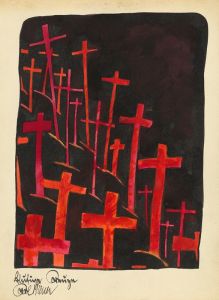
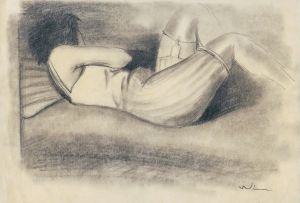
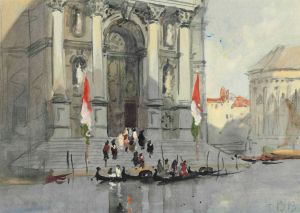
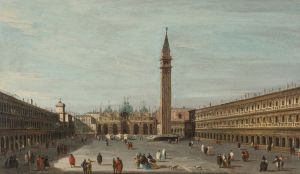
![Design for Cincinnati Union Terminal.] [Study for the color treatment of the ceiling](/imgs/249410/s/winold-reiss-design-for-cincinnati-union-terminal-study-for-the-color-treatment-of-the-ceiling-5366bd83.jpg)
